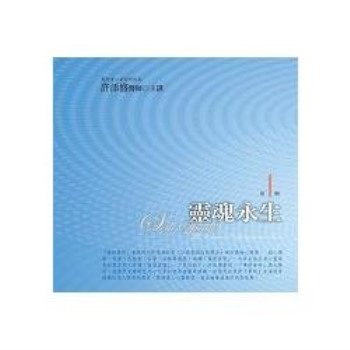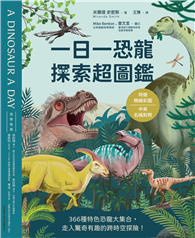The mangrove is a tropical coastal ecosystem that colonizes sedimentary deposits formed by muddy, clayey or sandy vessels, occupying the intertidal region up to the upper limit of the equinoctial high tides. It has a discontinuous distribution along the Brazilian coast, from Amapá to Santa Catarina, and can present a continuum of distinct features depending on the profile of the coastline and the frequency and amplitude of the tides. In Jaboatão dos Guararapes/PE, there is around 5.7km of mangrove vegetation, but these areas are heavily impacted by urban sprawl, especially so-called irregular occupations. The aim of this study is therefore to carry out a preliminary analysis of the structure of the mangrove forest on the right bank of the Jaboatão River, in the area known as Ponta Cabo, located on the border between the municipalities of Jaboatão dos Guararapes-PE and Cabo de Santo Agostinho-PE, as well as to identify the main indicators of environmental impacts in the mangrove area. For structural characterization, the multiple plot methodology was adopted, with three plots being demarcated at a single site in the mangrove.
| FindBook |
有 1 項符合
Characterization of mangrove forests in the estuary of the Jaboatão River in the state of Pernambuco的圖書 |
 |
Characterization of mangrove forests in the estuary of the Jaboatão River in the state of Pernambuco 作者:Coelho 出版社:Our Knowledge Publishing 出版日期:2024-10-09 語言:英文 規格:平裝 / 52頁 / 22.86 x 15.24 x 0.3 cm / 普通級/ 初版 |
| 圖書館借閱 |
| 國家圖書館 | 全國圖書書目資訊網 | 國立公共資訊圖書館 | 電子書服務平台 | MetaCat 跨館整合查詢 |
| 臺北市立圖書館 | 新北市立圖書館 | 基隆市公共圖書館 | 桃園市立圖書館 | 新竹縣公共圖書館 |
| 苗栗縣立圖書館 | 臺中市立圖書館 | 彰化縣公共圖書館 | 南投縣文化局 | 雲林縣公共圖書館 |
| 嘉義縣圖書館 | 臺南市立圖書館 | 高雄市立圖書館 | 屏東縣公共圖書館 | 宜蘭縣公共圖書館 |
| 花蓮縣文化局 | 臺東縣文化處 |
|
|
圖書介紹 - 資料來源:博客來 評分:
圖書名稱:Characterization of mangrove forests in the estuary of the Jaboatão River in the state of Pernambuco
|











